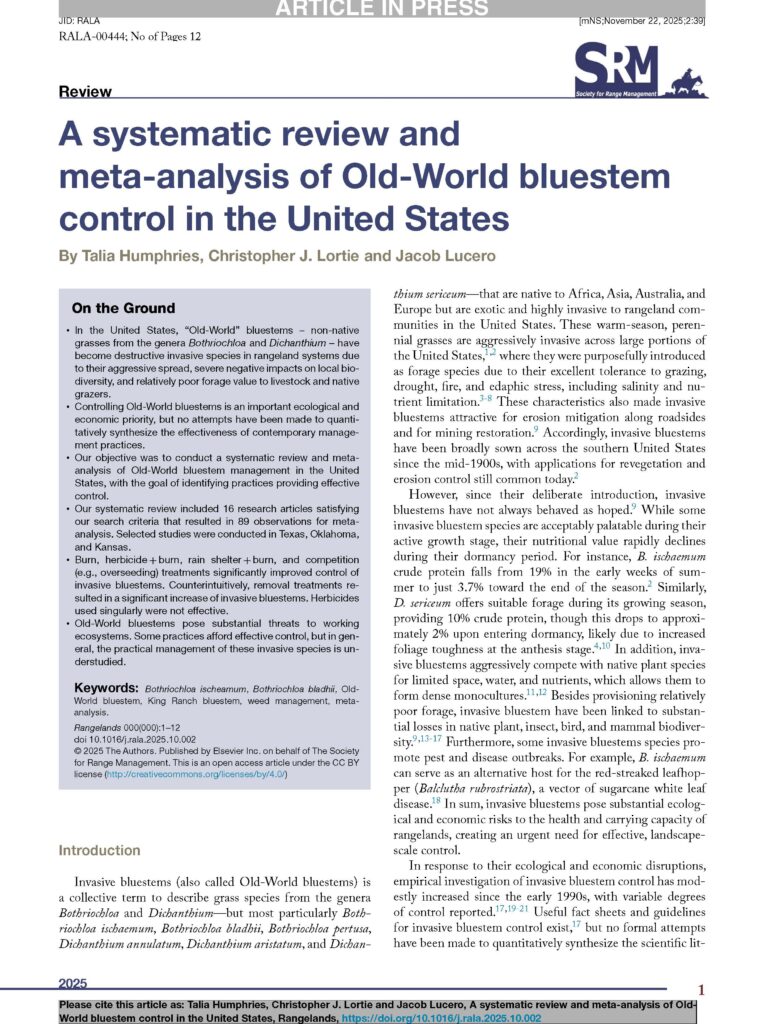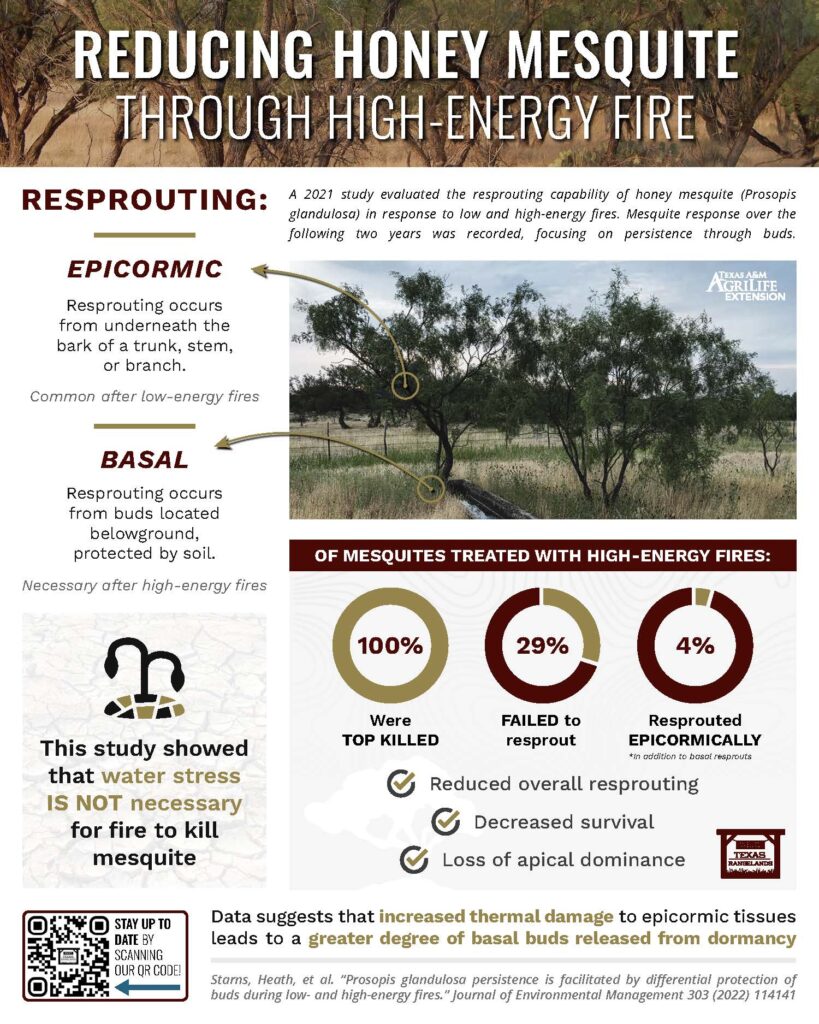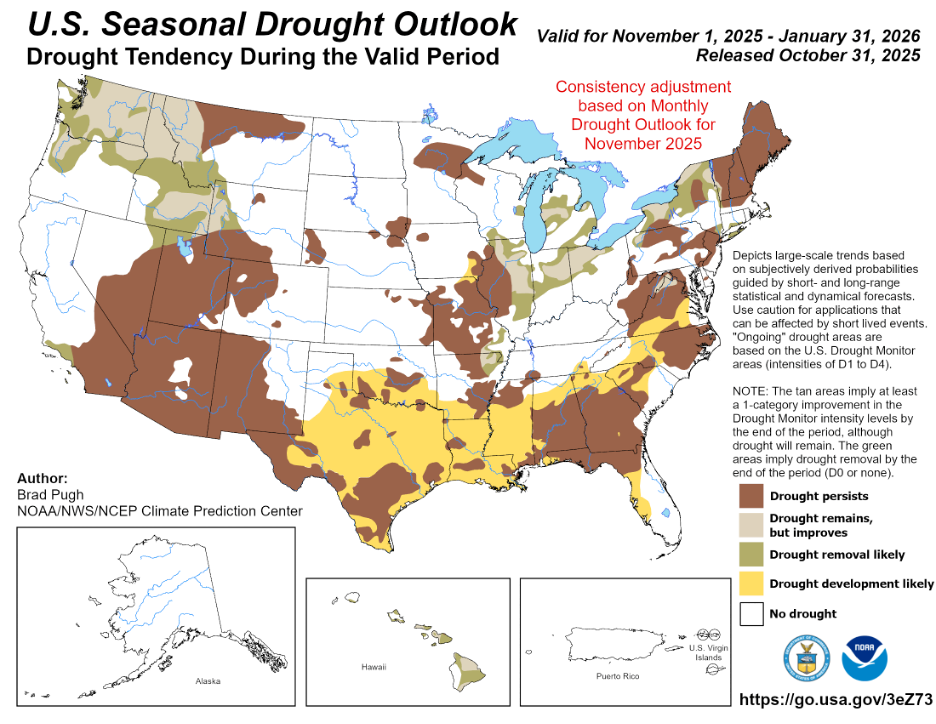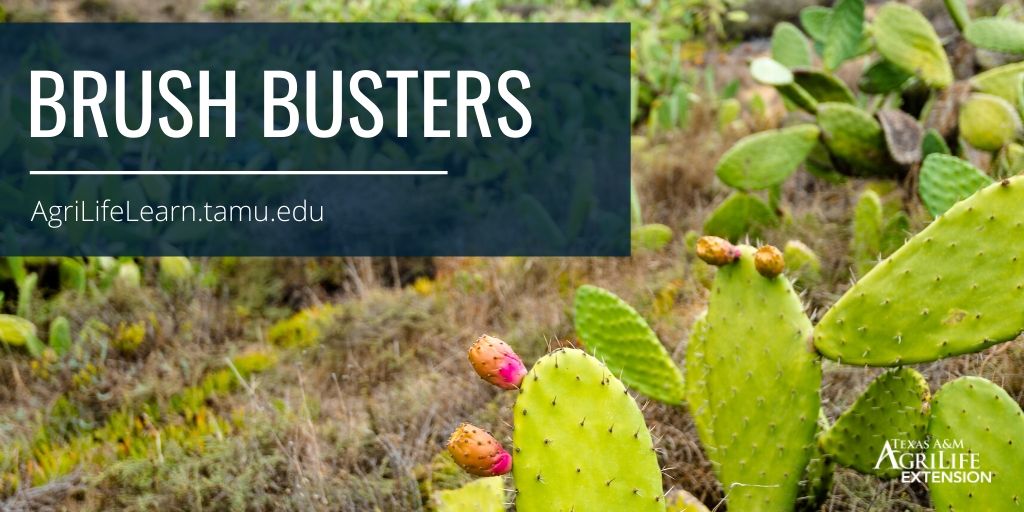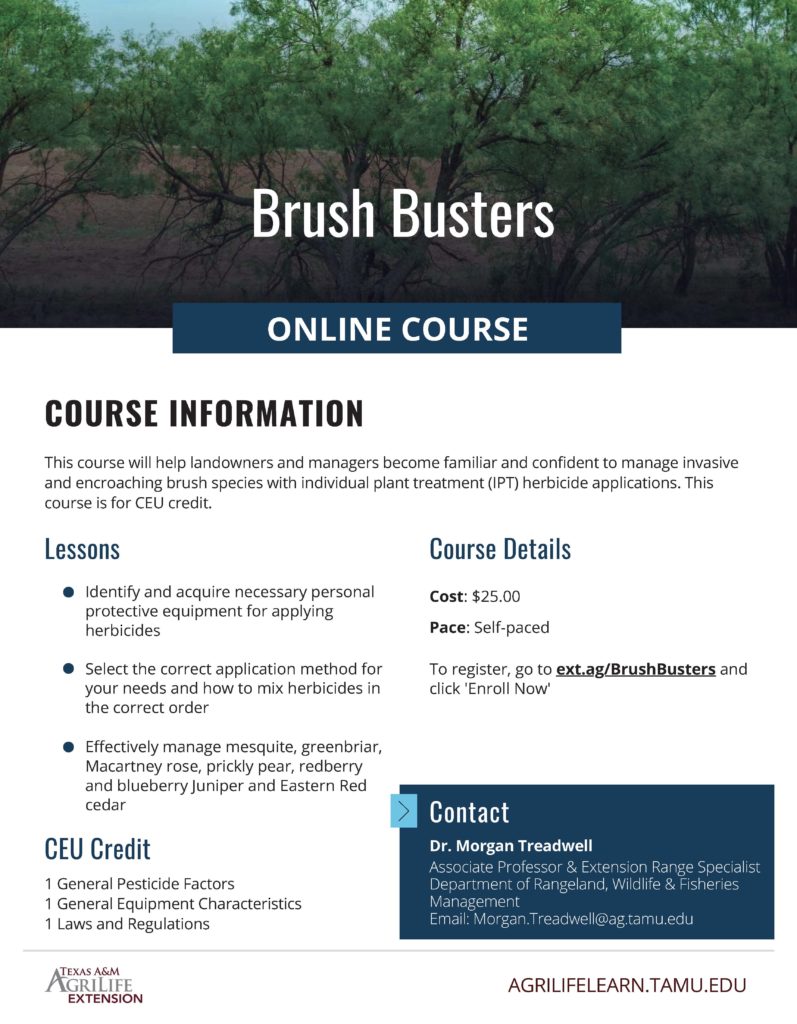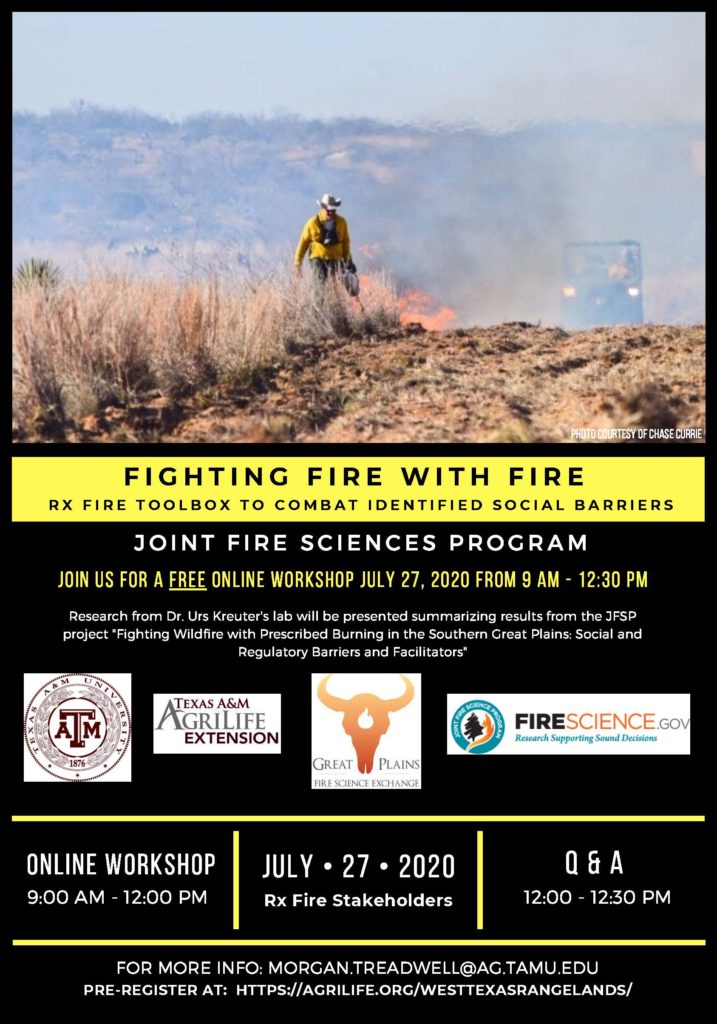In West Texas, wildfire risk does not wait for summer. By January, grasses are dry, humidity is low, and wind events are common across open rangelands. These conditions make early preparation important. Taking steps now to manage fuel helps reduce how fast fire can move and improves safety when wildfire season approaches.
What Are Fuel Loads?
Fuel loads are the amount and arrangement of vegetation available to burn. Heavy fuel loads include thick grasses, dense brush, and dead plant material. These fuels dry out easily during drought or winter, making them more flammable. Reducing fuel loads helps slow fire spread and gives firefighters better chances to contain fires.
Targeted Grazing to Reduce Fuel
Targeted grazing uses livestock to reduce fine fuels like grasses and forbs. Cattle, goats, or sheep can be placed in specific areas to eat vegetation before wildfire season. This process lowers grass height and reduces the total fuel available. Research shows that targeted grazing can reduce flame height and fuel continuity, especially where herbaceous fuels are high and woody cover is low.
Targeted grazing can also be used to form fuel breaks—strips of land with reduced vegetation. Fuel breaks slow fire spread and help protect key areas such as roads, fences, or infrastructure. Placing livestock to graze along these strips before fire season can improve their effectiveness.
Infrastructure and Access
Good infrastructure supports fuel management and wildfire response. Well-maintained roads and access points allow managers and fire crews to reach critical areas quickly. Roads also act as breaks in fuel continuity. Regularly clearing vegetation along fence lines, around water sources, and near buildings reduces fuel near structures and allows safer movement of equipment and personnel during a fire event.
Integrated Fuel Management Fuel reduction works best when multiple tools are used together. In addition to targeted grazing, mechanical treatments, mowing, and prescribed burns may be appropriate on certain sites. Planning fuel management before wildfire season improves its success. Collaboration with local Extension services and wildfire professionals can help tailor strategies to specific rangeland conditions.
For more information, please download Wildfire…Preparing the Ranch!

